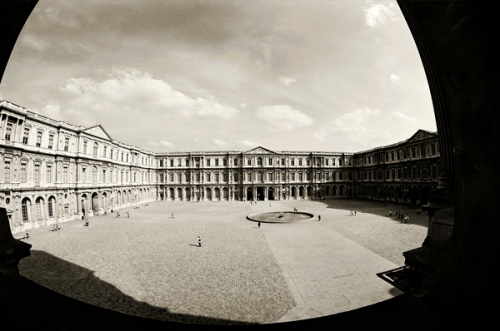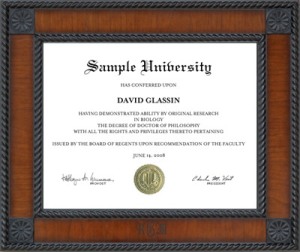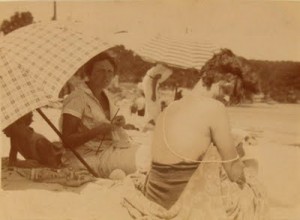In The Sound of Music, Julie Andrews sings about raindrops on roses and whiskers on kittens…those favorite things that “I simply remember…. and then I don’t feel so bad…”
Lately I’ve been thinking about favorite things and experiences abroad that – even today – you can’t find at home or buy at World Market Cost Plus. Growing up, a highlight of the holiday season was the arrival of heavy brown boxes of the sweet-smelling, purple-wrapped Milka chocolate bars from our German relatives. ( It sort of depresses me to find it so easily – in fact, at World Market – in California today.) I felt the same way finding American-style bagels in Milan. Just not the same as when they would arrive in someone’s suitcase when visiting me in Italy.
So, I got to thinking. What are some of those favorite things that belong to a time and place and can’t be transported? A type of food we encounter on our travels, or a holiday or tradition from home that we miss while living abroad. So I begin by asking fellow blogger and expat Michelle at I Heart Mondegreens if she would share with us via a guest blog a list of her favorite things about her homes in California and Southern Spain. Read on….(and if you are like me, after reading this, you’ll be ready to book your next trip to Spain asap!)
Things about my homes that I love the most
by Michelle at I Heart Mondegreens
Four years abroad perhaps comes with the inevitable – dealing with the occasional homesickness and, somewhere in the process, beginning to idealize your home country. When I first arrived in Spain, I loved every single thing about it. Spain was fun, exciting, a real dream – I never wanted to leave. Then three years rolled around and, while happily married and living in my beautiful home away from home, I couldn’t help but start to miss certain things about my original niche halfway across the world…

1. Family and friends. Not that I didn’t miss them initially, but having spent 4 years abroad (and moving around during those 4 years) means I’m still in the beginning stages of establishing real friendships. For me, this is the toughest part about living abroad – there have been times when I’ve really needed a true friend around, someone who isn’t always my husband, if only to have the occasional girl talk and additional support.

2. The Holidays. Okay, so Spain has plenty of awesome holidays and fiestas. But once November (aka The Holidays) start to roll around, I can’t help but become a mushy lost soul who wants nothing more than to hop on the first plane out and spend Thanksgiving with her family. I’ve cooked and celebrated three memorable Thanksgivings with several of the utmost wonderful people here in Spain, but there really is no place like home.

3. Multiculturalism. Growing up in California, I always had a very multicultural group of friends – we spoke up to 10 different languages between us! Learning about my peers’ different cultures and beliefs throughout the years taught me tolerance and how to keep an open mind, as well as other lessons that have been invaluable to me during my travels and life abroad. Not that there isn’t a sense of multiculturalism in Spain, because there is, but I might say that it’s still not something Spaniards strongly embrace.
This next section is where I’ll admit that my homesickness got the better of me this year, which, albeit pensively, led me to book a ticket home to California in the middle of the night. The holidays are just around the corner, and I was delirious with excitement. But the following day I woke up and, realizing I’d be gone for a month, immediately began to miss my Spanish abode. In some ways Spain can be like that thrilling badboy relationship you know you need a break from but just can’t get enough of…

1. Spanish food. Maybe it’s because I’ve been here a while, but there is something comforting about Spanish food. Based on a Mediterranean diet, a typical Spanish meal consists of a balanced variety of local vegetables, fruits, legumes, meat, and fish. Since moving to Spain, I’ve never felt healthier when it comes to my eating habits.
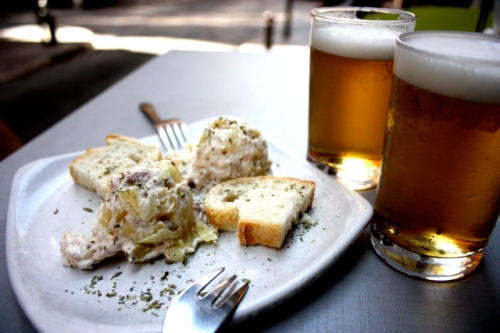
2. Tapas! Living in Granada means indulging in the tapa culture, and it’s not hard to see why it’s so popular. A tapa is a small free appetizer served at local bars and restaurants for each beer or glass of wine you order. At 2 euro a glass (about $2.75), many students order two to three rounds and call it a meal.
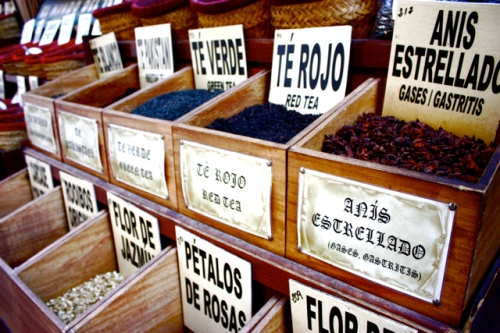
3. The daily market stalls. I love wandering around the city and smelling the dried fruits, spices, teas and treats found in the open markets. It reminds me of the Farmer’s Market, and is open most everyday as long as there’s good weather.

4. Feeling European. There are days where I still wake up with excitement and think, “I’m in Europe!” There’s something sexy and enchanting about walking the old cobble-stoned streets amongst ancient stone buildings, all while listening to church bells ring from inside of a 500-year old cathedral and feeling its dark, tumultuous history seep into your bones.
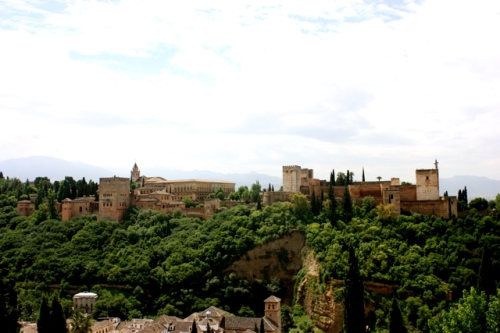
5. Living near the Alhambra. A 14th century palace built by the Moors for the last Muslim Emirs in Spain, the Alhambra is a UNESCO World Heritage Site. I love walking outside the palace walls, where there are lush gardens, streams, and peaceful areas for just sitting and relaxing. I’ve wandered the palace grounds several times, and it never ceases to be one of my favorite spots.
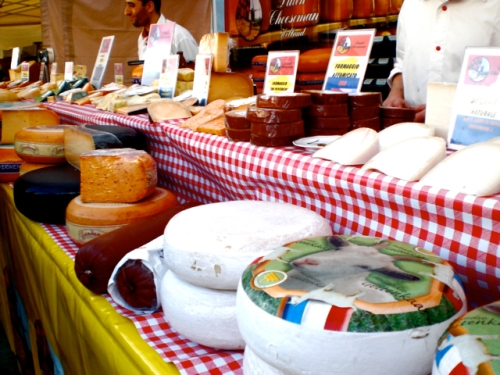
6. The cheese selection. I fell in love with cheese in Europe. Belgium, Holland, France, Italy, Portugal, and Spain – I cannot get enough of their cheeses! Goat cheese, sheep cheese, pesto cheese, spicy cheese, fresh cheese, cured cheese, aged cheese – it’s all locally made here, in almost any town or city you live in. Heaven, pure heaven.

7. The wine selection. Okay, I know California has a great wine selection, too, and I love it. Yet Spain’s is just as delicious and also offers a wide local variety. The best part is that there are still plenty of traditional families who make their own wine from their small vineyards, and most happen to be very delectable (yes, women still crush grapes with their feet!). It’s an opportunity to taste an occasional rare wine, and goes to show that bottling fermented grapes isn’t only for the posh.

8. Not needing a car. One of my favorite parts about living in Spain. Having grown up in Southern California, where a car is essential for even the basic necessities such as grocery shopping and getting to work, I relish in the freedom of not having to worry about filling up my tank or looking for parking. Walking, riding a bike, taking the bus, or hopping on a train is quite common here, and much more economical. Not to mention the fact that you get a daily dose of exercise mindlessly incorporated into your daily routine.

9. Spanish traffic jams. I’d trade road-raged drivers for these happy sheep any day!

10. Siesta. The days run much later in Spain (9pm to 11pm is normal dinnertime), so shops and small businesses usually close from 2pm to 5pm, allowing its employees enough time to go home, eat with their families, and relish an actual break before returning to the humdrum of evening work. With more recent globalization, siesta may no longer be a daily occurrence for everyone, but is still highly appreciated, especially during the boiling summer months.

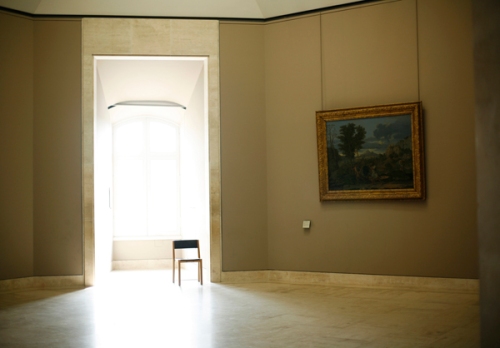
![9019-073-4A[1]](https://bringingtravelhome.files.wordpress.com/2013/01/9019-073-4a1.jpg?w=500&h=348)

